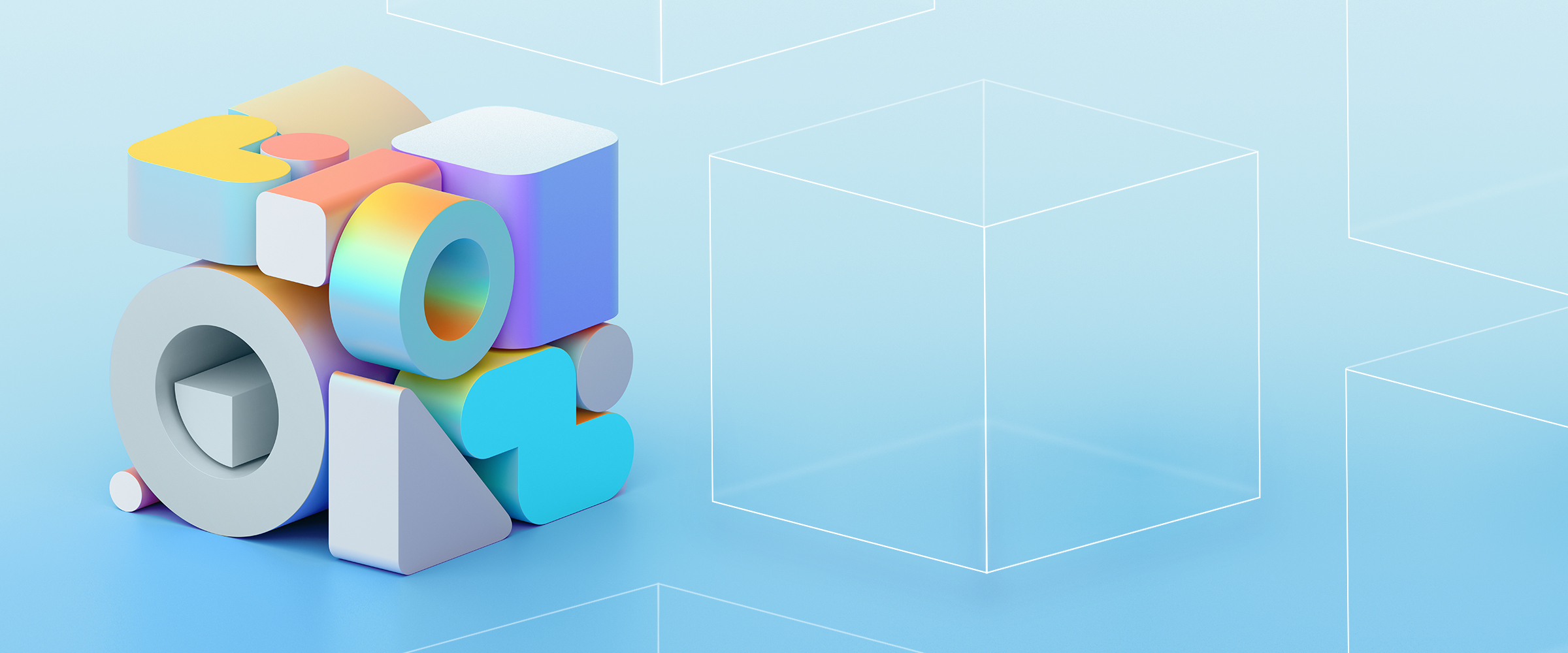
Using AI in paid media with human-centric guardrails
Learn how Imarc uses AI in paid media to help improve campaign performance as well as things we do to keep campaigns from going off the rails.

Learn how Imarc uses AI in paid media to help improve campaign performance as well as things we do to keep campaigns from going off the rails.